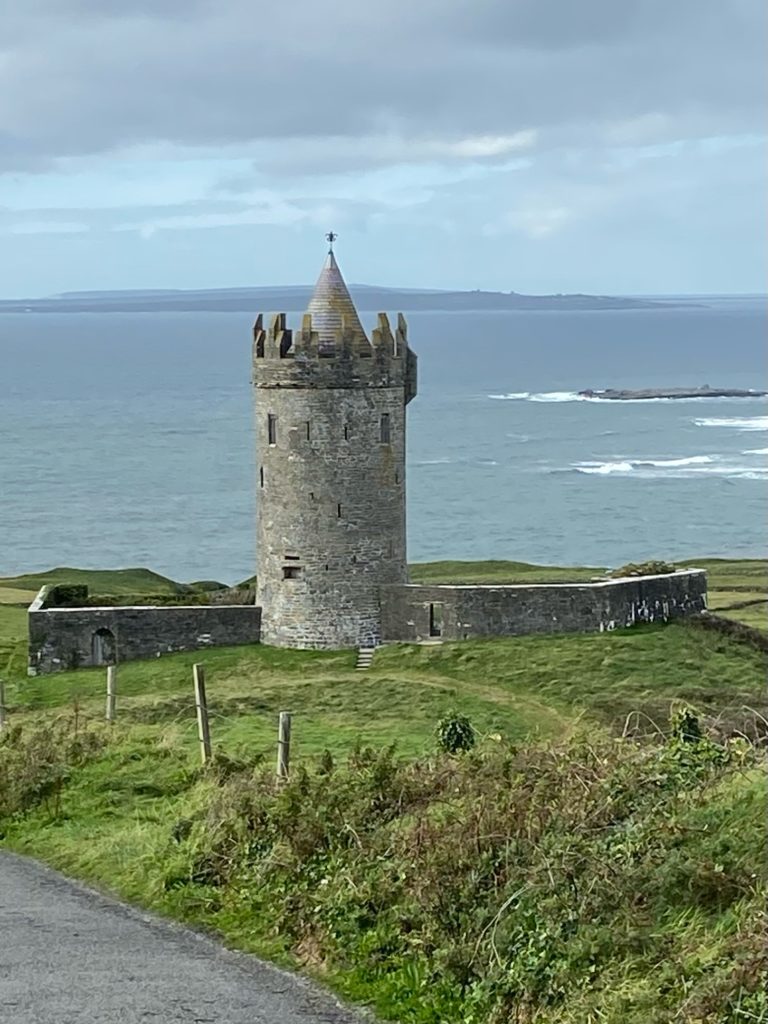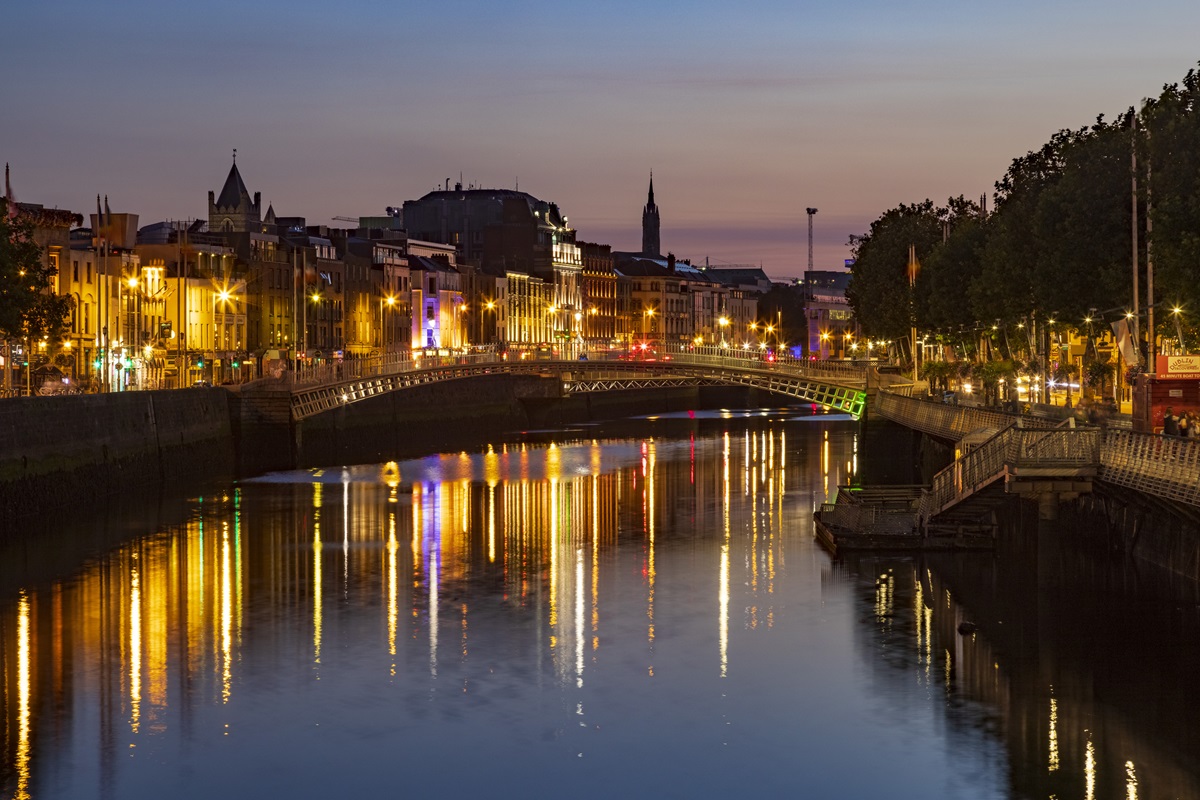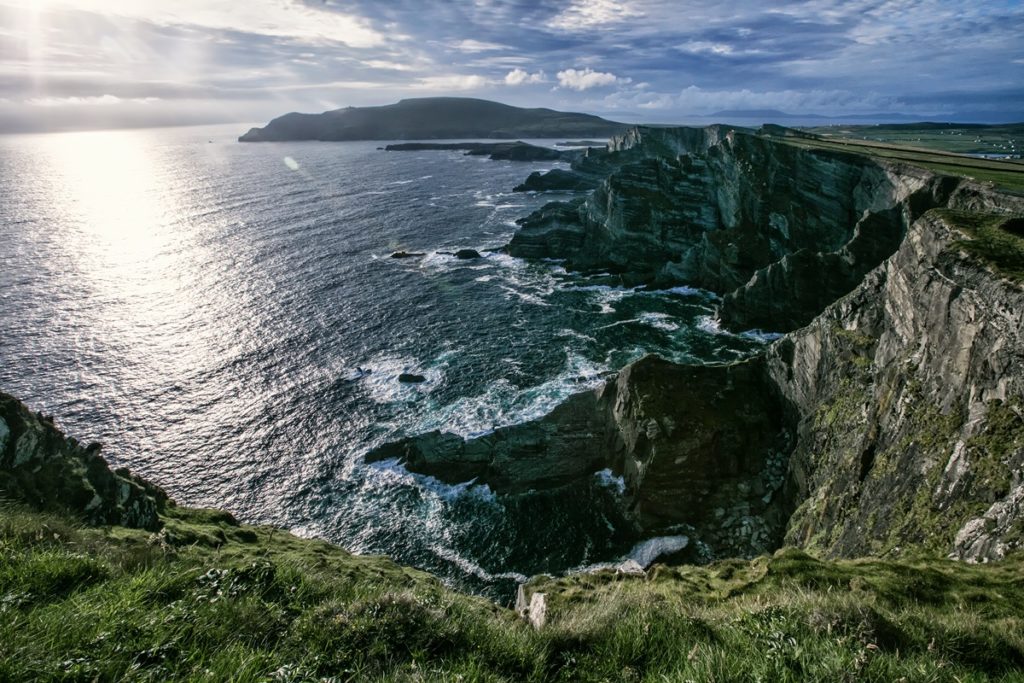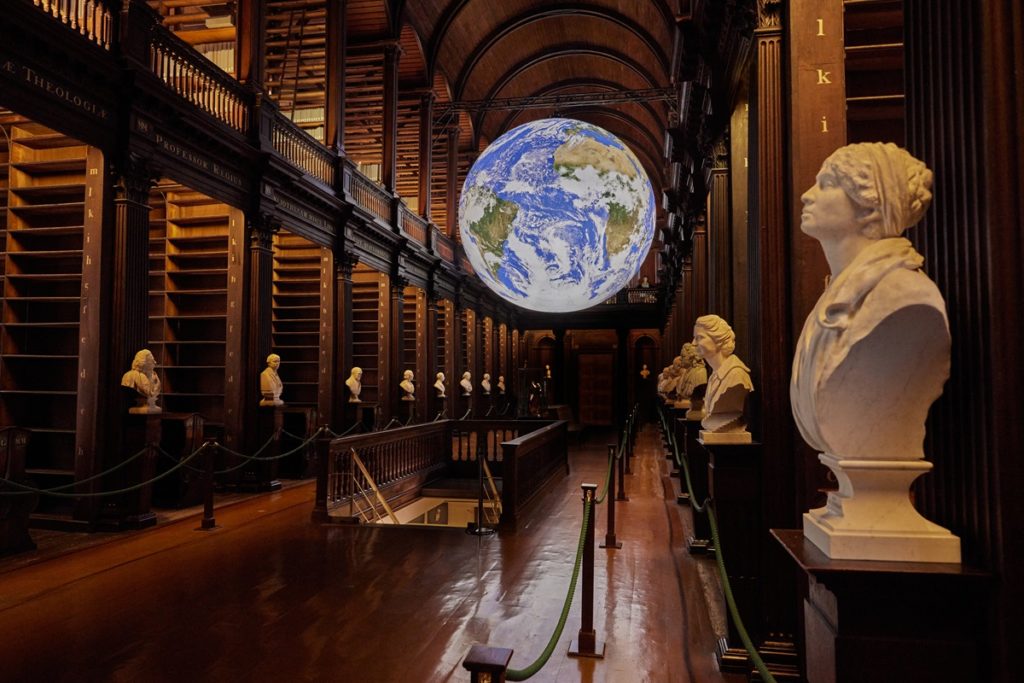By Pam Dillon
Photos: Tourism Ireland
If a visit to the Emerald Isle is on your bucket list, you’re in luck. This destination’s most memorable attractions are free or wallet-friendly.

For one thing, there’s magic in the air: The rainbows of Irish legend are real. We all know the tale of the pot of gold at the end of a rainbow, guarded by a leprechaun. It’s a notion is so imbedded in popular culture that the fanciful imagery is on everything from greeting cards to cereal boxes. Once you’re in Ireland, while you’re not apt to come across any wee, cranky fairies or stashes of gold, it’s actually possible to see several rainbows in a single day. They’re common, especially in spring and fall.
Note: The shoulder months, late April, May, September and October, are great times to visit, since lineups and crowds are smaller, plus prices are lower.

Whenever you go, you’ll discover that the diverse landscapes and scenery are even more arresting than the images you’ve glimpsed on television and in print. The best way to see the most and maximize your time is to rent a car—and remember to drive it on the left side of the road.
Dublin is a great place to start and end your trip and also to pick up your rental car. (Book it, along with accommodations, and plan your route long before you leave Canada.) But before you get behind the wheel to venture into the countryside, spend a couple of days in Dublin. Steeped in history and brimming with cultural attractions and pubs with live music, it’s captivating. You can get to most places and see the sights on foot and if it rains—indeed, it might—catch a DoDublin hop-on hop-off tour bus. It’s a popular attraction in itself, thanks to the entertaining drivers/tour guides who regale passengers with colourful stories about landmarks along the way. They might even sing the Dublin anthem Molly Malone.

There are 25 stops along the route, corresponding to the city’s top places of interest, including Dublin Castle, the National Gallery of Ireland, the Guinness Storehouse and Trinity College Dublin, where Oscar Wilde and Samuel Beckett were once students. While Trinity’s Old Library is a sight to behold, you might be underwhelmed by the much-ballyhooed Book of Kells.
Pub culture is a major draw in Dublin—whether or not you drink alcohol—thanks to the music and the fun, friendly welcome. Though some guidebooks advise steering clear of The Temple Bar, a hospitality hub on the south bank of the River Liffey, you may in fact have a grand old time. The buskers on Grafton Street are another delight.
Outside Dublin, the places you’ve heard of are all worth a visit. Blarney Castle in Cork, the Rock of Cashel in County Tipperary, the Ring of Kerry driving route, Ross Castle in Killarney, the Cliffs of Moher in County Clare and Eyre Square in Galway City are a few of the dazzlers. With your own car, you can stop as often as you please to take in the incredible views. Then when you explore on foot, you’ll get the chance to appreciate the details: quirky architecture and doorknockers, colourful characters, ancient stone, the vivid patchwork of green fields and the gravity-defying sheep grazing on hillsides.

If you drive (or cycle) on the Ring of Kerry, it’s worth taking an extension called the Skellig Ring. An incredibly scenic route along the coast, it introduces you to all sorts of Irish gems, from quaint villages and wind-swept beaches to cliffs and gorgeous vistas. The bonus? If you wander off a path, you won’t run into anything that slithers. There really are no snakes in Ireland, although apparently St. Patrick had nothing to do with it. ireland.com
This travel adventure was not sponsored or hosted by any destination identified within the story.






